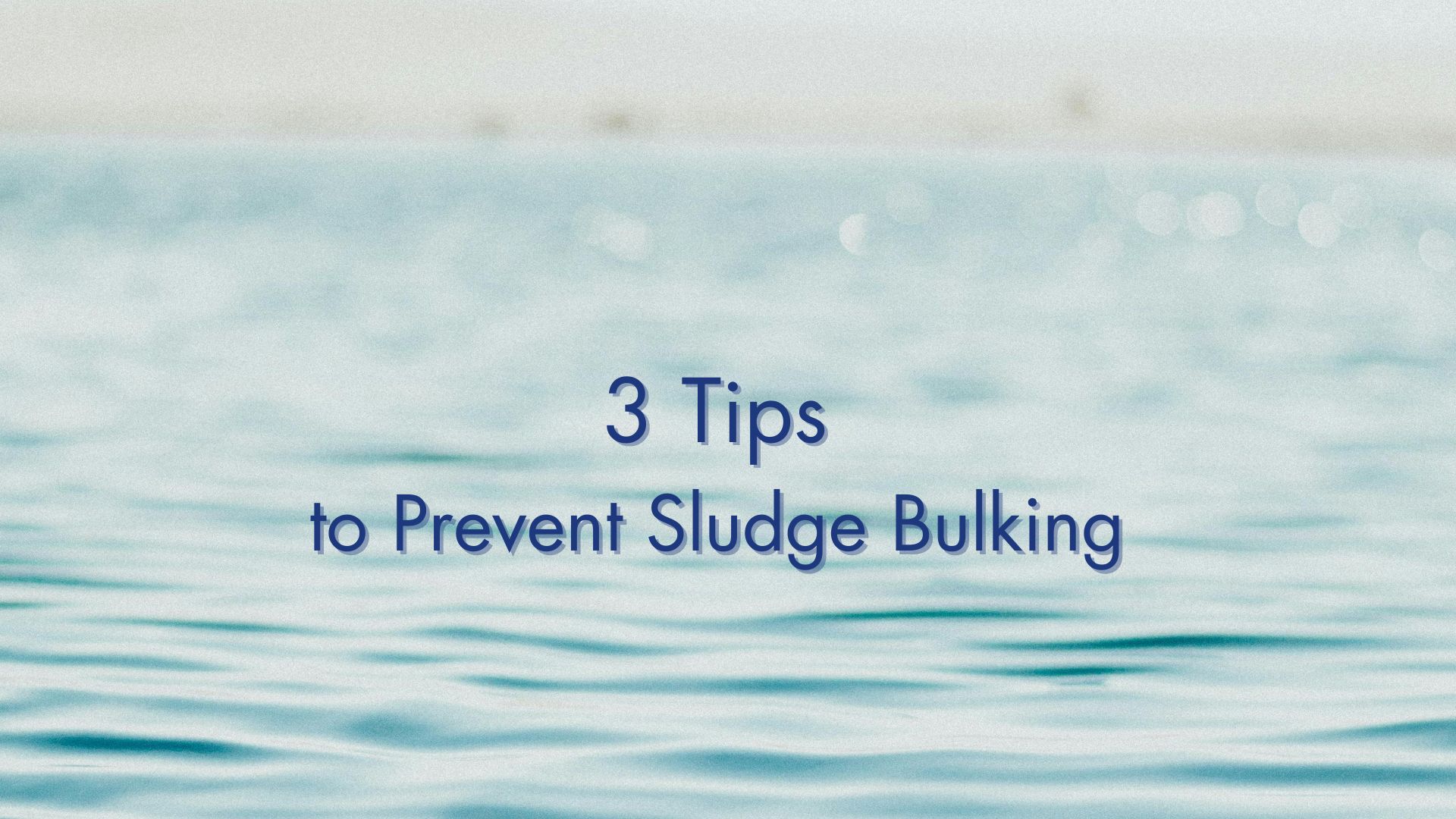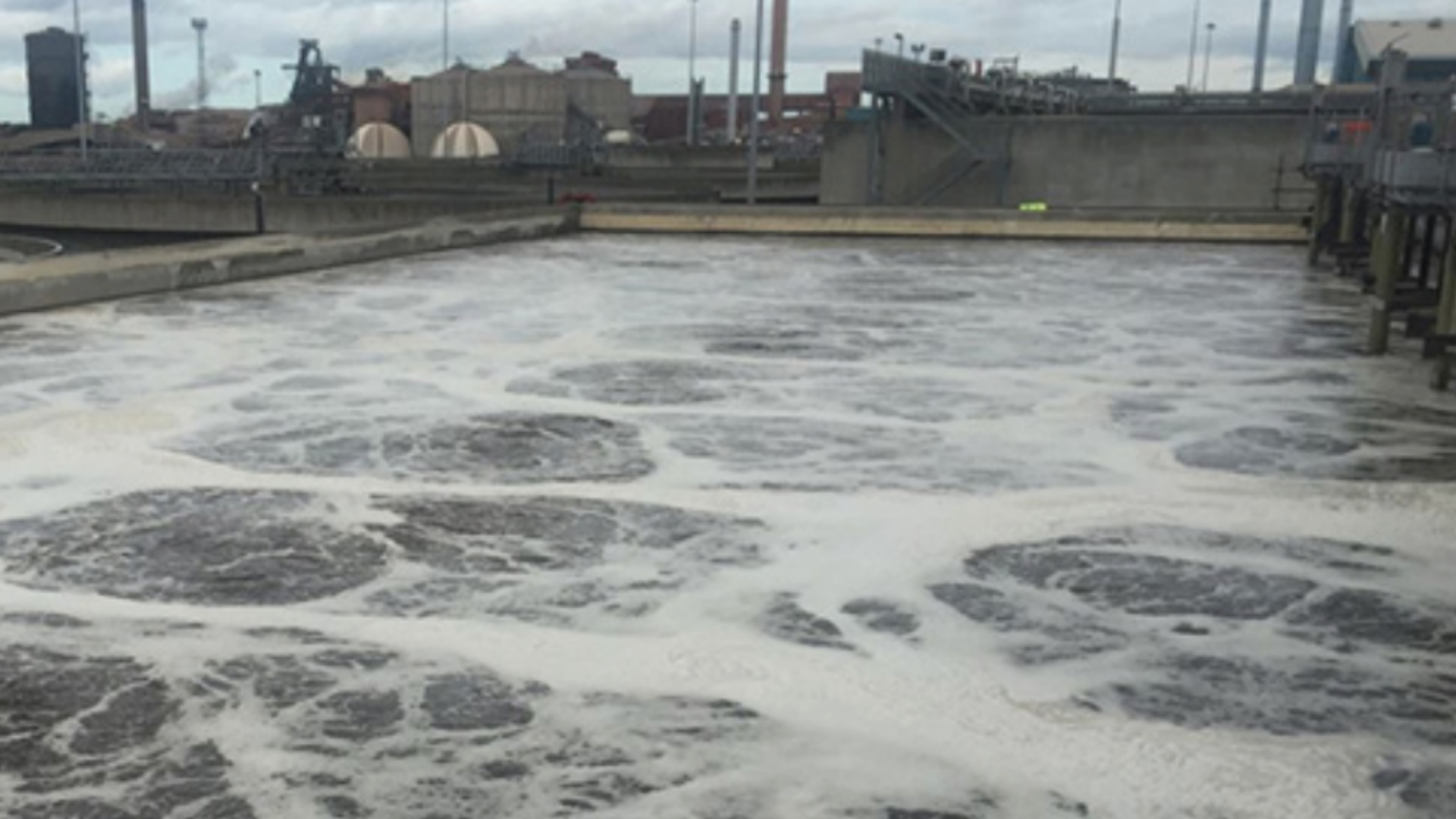Fouling Control Techniques for Membrane Bioreactors

Fouling is a persistent challenge affecting membrane bioreactor (MBR) systems. The accumulation of solids, microorganisms, and other substances on the membrane surfaces themselves will impact the system’s efficiency. In the long run, this increases your team’s maintenance costs and reduces your system’s operational lifespan. That’s a problem.
Understanding the physics and chemistry of fouling is crucial for maintaining the performance of MBR systems. Going a step further, addressing fouling issues effectively from the start is key to keeping your wastewater treatment operation on track.
You want to get the most out of your MBR technology, right? Then avoiding any major fouling consequences is important.
Understanding Fouling Mechanisms
Biological Fouling: This type of fouling is predominantly caused by the growth of microorganisms on the membrane surface, leading to biofilm formation. Biofilms can decrease membrane permeability and cause bioclogging, prompting and necessitating frequent cleaning cycles. That chews up valuable labor resources. Understanding the microbial consortia and their metabolic pathways is crucial for targeting biofilm disruption without harming the membrane integrity.
Organic Fouling: Organic compounds like proteins, fats, and oils from industrial discharges can adsorb onto membrane surfaces, forming a sticky layer that hinders water flow. High-molecular-weight organics are particularly problematic as they form gel-like layers that are difficult to remove.
Inorganic Fouling (Scaling): Inorganic fouling occurs when dissolved minerals precipitate out of solution due to changes in temperature, pH, or ionic strength. Common scalants include calcium carbonate, magnesium silicate, and barium sulfate. Scaling reduces the effective pore size and hardens the membrane surface, making it brittle.
All three types of fouling issues ultimately clog the pores of the membrane and restrict water flow. This reduces the quality of the treated water.
Fouling can lead to increased operational costs due to higher energy requirements for pumping and the need for more frequent cleaning and maintenance of the membranes.
Managing fouling is crucial to maintain the optimal performance and extend the lifespan of MBR systems.
Prevention and Management Strategies
Operational Adjustments
Watch the velocity of your wastewater treatment. Maintaining an optimal velocity across the membrane helps in minimizing particle deposition by enhancing shear stress, which dislodges attached solids.
This velocity must be high enough to generate sufficient shear stress, which helps prevent the accumulation of particles and microorganisms on the membrane by dislodging attached solids in the first place. However, it should not be so high as to cause damage to the membrane or excessive energy consumption.
As far as additional operational adjustments, consider intermittent relaxation and back-pulsing. These techniques involve reducing or reversing the transmembrane pressure periodically, allowing trapped particles to be released and flushed away. Imagine squeezing a sponge while you clean; that allows the sponge to absorb fresh water and release dirty water and debris. Similarly, these techniques momentarily relieve or reverse pressure in the membrane system, helping to dislodge and flush away trapped particles, thereby rejuvenating the membrane’s ability to filter effectively.
The Influence of HRT and SRT
Two pivotal parameters that your team can manage are Solids Retention Time (SRT) and Hydraulic Retention Time (HRT). Each plays a significant role in influencing the biological and physical processes within the system.
Your SRT is the average length of time solids are retained in the bioreactor. By controlling SRT, operators can directly impact the microbial population dynamics within the system. A longer SRT generally allows for more complete biodegradation of organic compounds, which can reduce the load of biodegradable material reaching the membrane surface, thus minimizing biofouling.
However, excessively long SRTs may lead to the growth of filamentous organisms, which are known to cause sludge bulking and fouling. These organisms thrive when they can outcompete floc-forming bacteria for resources or when they are not effectively controlled by predatory organisms or operational conditions.
HRT, the time wastewater spends in the bioreactor, is equally critical. An optimally set HRT ensures that wastewater has sufficient contact time with the biomass for effective treatment to occur, which reduces the concentration of organics and suspended solids in the effluent.
But if your HRT is too short, the wastewater will not be adequately treated, leading to higher organic loads on the membranes and increased risk of fouling. In contrast, longer HRTs enhance the degradation of pollutants, which can prevent the excessive buildup of organics on the membrane surfaces and reduce fouling incidents.
The interplay between SRT and HRT can be complex.
Ideally, your team will aim to find a balance where the microbial health is optimal, and the wastewater is sufficiently treated to prevent undue stress on the membrane. This balance helps maintain the system’s efficiency and supports compliance with discharge regulations.
Chemical Cleaning Regimes
This is basic intel, but it’s critical. Implementing a scheduled chemical cleaning regime using agents specifically chosen based on the nature of your system’s fouling (e.g., acidic cleaners for inorganic scaling, enzymatic cleaners for organic residues). Using oxidants like ozone or peroxides can break down complex organic fouling agents and disrupt biofilms by oxidizing cellular components and extracellular polymeric substances.
Pre-treatment Techniques
Get out ahead of fouling issues by examining your pre-treatment operation. Integrating microfiltration or ultrafiltration as a pre-treatment step can significantly reduce the load of foulants entering the MBR.
Coagulation or flocculation can be used to aggregate smaller particles into larger flocs that are easier to separate before they reach the membrane surface. By forming larger particles, these methods help prevent the smaller particles from clogging the pores of the membrane.
Membrane Modifications
Let’s zoom into the membranes themselves. Engineering the surface properties of membranes to be hydrophilic can inherently reduce the affinity for organic compounds and microbial adhesion.
A hydrophilic surface naturally repels oily or greasy substances, for instance, which are typical characteristics of many organic compounds. By resisting adhesion, the membrane remains cleaner and more efficient. Similarly, consider anti-fouling coatings, like nanocomposite or graphene oxide coatings that offer resistance against certain fouling agents.
All told, efficiently managing fouling in MBR systems requires an integrated approach that combines technical advancements with a deep understanding of the fouling mechanisms.
By implementing targeted operational strategies, advanced cleaning protocols, and innovative technological solutions, it is possible to mitigate the impacts of fouling, thereby enhancing the overall efficiency and sustainability of wastewater treatment operations.
Want to learn more? Read some of our recent articles:
Sign up for the Integrated Water Services newsletter below. We share important perspectives and news on MBR wastewater treatment every two weeks.
Sign up for the
Integrated Water Services newsletter.
We share important perspectives and news on MBR wastewater treatment every two weeks.


